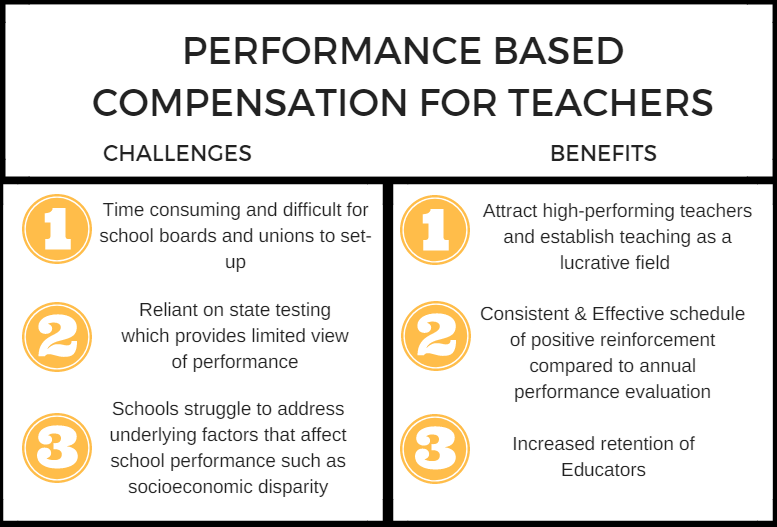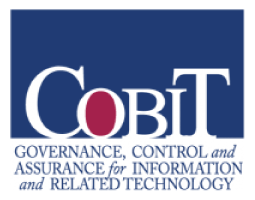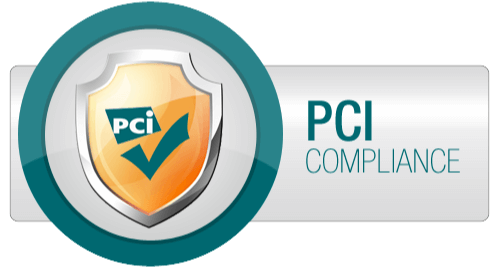Merit pay or performance-based compensation for teachers has long since been a topic of discussion in the education field. It is known as a system that rewards individual teachers with bonuses based on improvements in their performance. While some education critics argue that it is the key to improving student performance, it is at times discouraged by teachers – the very ones it was meant to serve.
In addition to criticism from school-based teachers, a merit pay compensation system can be very hard to implement in schools. This is because it is often time consuming and difficult for school boards and unions to change the current pay structure for hundreds or thousands of teachers. The process for collecting the performance-based data required to determine pay is widely considered arduous and daunting.
For those school districts that do take on the task, bonuses and salary increases based on student achievement are carefully considered. Districts that modify their current pay structure with the hopes of igniting teacher enthusiasm consider the ways paying for performance might attract creative, high-performing teachers and decrease retention. However, it can be argued that one of the benefits of merit pay is the ability to identify poor-performing teachers and remove them easily or assist them in improving their skills to meet the qualifications for performance-based compensation.
In many cases the average pay structure for school-based teachers gives districts exactly what they pay for – little to no teacher enthusiasm. Lackluster pay structures based on tenure, seniority and continuing teacher and leader education can seem as though there is no incentive for teachers to improve their performance and productivity over time if their salary schedules are already set in stone. This is extremely prevalent in industries that struggle to inspire staff that become stagnant.
Yet, the implications that come from using test scores and work time as an incentive for merit pay cannot be ignored. In fact, it can be alarming to teachers that pride themselves on leaving a lasting impact in their students’ lives by truly elevating a child’s educational experience. Many teachers must not only cater to testing techniques, but understand how to modify and adapt grade-level curriculum and improve individual learning outcomes for every child they serve. Paying teachers to work harder, instead of smarter does not ensure they will be effective in practicing the methods they research and learn.
It also doesn’t ensure that their practices will improve the educational experience for their students. In schools and districts that take on a wide variety of roles and serve diverse student populations, more focus should be put on measures that impact individual student growth and their ability to access the curriculum. Teachers who prove effective in the classroom should be the ones to make more money, not teachers who simply put in more hours.
In a typical pay structure for an average school or district, performance is evaluated at the end of the year with an evaluation. These performance-based evaluations are often very subjective and only take small measures of a teacher’s performance into consideration. This is especially true for special education teachers who are evaluated by principals that may not have experience working in a special education classroom. So the question is: How can we accurately measure what good teachers do and use these statistics to set the bar for success?
Within any school, teachers take on a very tough task of educating students. Their overall performance has a number of factors that cannot be trivialized into a simple rubric that calculates time spent on the job, testing and student performance. Too often schools ignore the benefits of effectiveness, the lifespan of the knowledge imparted by teachers and the quality of teaching practices. Schools should seek to measure a more holistic view of a teacher’s role by using reviews such as the Period Service Review.
Designed by Dr. Gary W. LaVigna and his colleagues, the Periodic Service Review is a total quality assurance system and instrument that serves as a healthy alternative to conventional performance reviews in service industries. The system uses four integrated elements – performance standards, performance monitoring, performance feedback and systematic training – to mobilize others, maximize service and meet goals and objectives.
PSR was developed to ensure that service industries are able to measure and deliver high-quality services by setting defined criterion for each unique position or service. The criteria are set with unique and objective measures that are scored. Often times there must be a permanent product or direct observation of the measure for it to be scored. The criteria are scored individual teachers or a teaching team, with administrators on hand to complete fidelity checks to ensure accuracy within a pre-determined timeline or schedule.
The score of the PSR is then graphed for the visual analysis of progress over time. PSRs can be completed monthly and reviewed by principals or administrators quarterly to ensure there is growth in each defined measure. This allows for a clearer understanding of expectations by administrators and allows for staff to receive positive feedback when they are performing adequately.
In addition, certain measures and outcomes can be weighed for emphasis and PSR scores for similar grade-level teachers can also be used to encourage teamwork among teachers. In this way, bonus pay or some variation of it can be built in to an existing pay structure gradually with feedback from teachers.
Grade-level teams can also use data and scores to help support each other and to encourage positive teaching practices in Professional Learning Communities. While performance-based compensation may be in the distant future for some, it is important for schools and districts start considering ways to meaningfully motivate teachers and continue developing their skills. Pay structures and systems should also work towards supporting all teachers, including those who are considered the most effective with new opportunities and room to grow.
Although new compensation systems are one way of doing this, education should be a field that provides and ample amount of opportunities for both educators and students regardless of the pay system in place. Data and improved measurements for performance are a part of the process and may play a greater role, but no school or educator is the same. Systems are dependent on the individual needs of those they serve and so all schools should evaluate the best systems for their staff and continue to refine and improve them over time.












